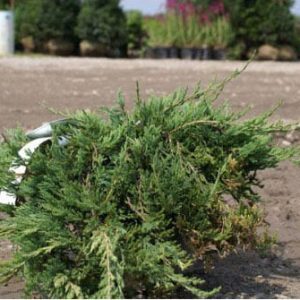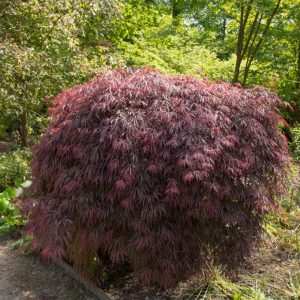Description
Osmanthus – x Osmarea – Siphonosmanthus –
There are about 30 species of slow growing, evergreen shrubs and small trees in this genus. They occur in woodland in Asia, Pacific Islands, and Southern USA. They are grown for their foliage and flowers. The leaves are lance shaped to ovate and thick, rigid leaves which may be edged with stout, even hooked, spiny teeth, held in opposite pairs. The small, tubular, 4 lobed, usually fragrant, white, occasionally yellow or orange flowers are held mainly aaxillary cluster or terminal panicles. The flowers are usually followed by ovoid, blue-black fruits. Osmanthus species and cultivars are ideal for a shrub border or woodland garden, O. delavayu may be wall trained. O. x burkwoodi, O. delavayi, and O. heterophyllus are very good for hedging and topiary.
Grow in moderately fertile, will drained, neutral to acid soil in sun or partial shade, whit shelter from winter sun and wind.
Prone to black mildew, anthranose, olive knot, Verticillium wilt, root rot, and scale insects.
O. heterophyllus ‘Gulftide’ – O. ilicifolius ‘Gulftide’ – Holly Osmanthus – False Holly – Holly Tea Olive – This dense, evergreen, rounded shrub from Japan and Taiwan grows 15′ feet tall and wide.It produces opposite, holly like, oval to elliptic-oblong, sharply toothed, leathery, glossy, dark green leaves, to 2 ½” long, often spineless on mature plants.From late summer to autumn it bears tubular, inconspicuous, fragrant white flowers, the lobes to 1/4″ across, are held in small, axillary cluster of up to 6.Flowers are followed by ovoid, blue-black fruit, to ½” long.Sometimes grown as a hedge.
zones 7-9




